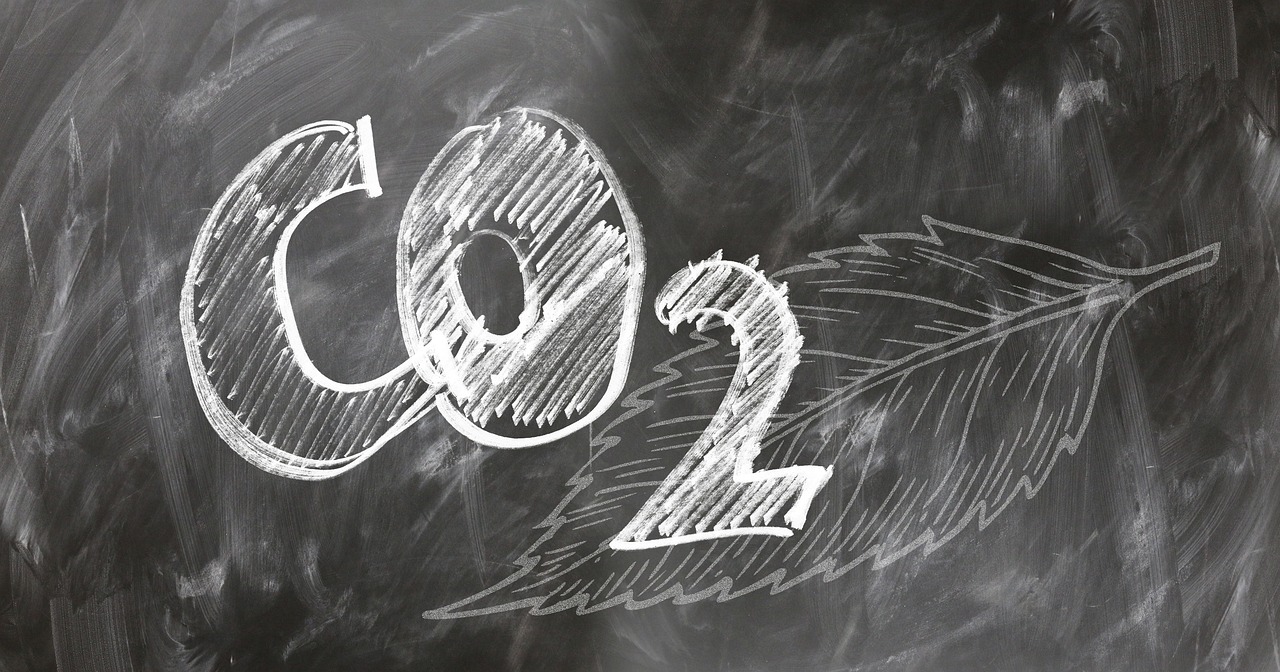
Written by: Sarah Novak | September 4, 2024
As someone working at a trade association, I often hear the question, 'What does the future hold for our industry?' Recently, much of this curiosity centers around sustainability. With the efforts the American Feed Industry Association and its members are putting into feed ingredient innovation and accurate product claims, I am hopeful that, one day, U.S. farmers and ranchers will be able to use these advancements to reduce their carbon impact AND benefit from a carbon market.
In the evolving landscape of carbon markets, two concepts come up: insets and offsets. Both mechanisms aim to reduce greenhouse gases but differ in their approach and implementation. Understanding these differences is crucial for stakeholders in environmental management, sustainability and corporate responsibility.
What are Offsets? 
Carbon offsets are reductions in greenhouse gas emissions made to compensate for emissions elsewhere. For example, a company (e.g. an airline company or a technology company) that cannot immediately reduce its emissions might purchase carbon offsets to balance out its carbon footprint. These offsets are typically generated from projects outside of the company’s direct sphere of influence, such as reforestation projects, renewable energy installations or methane capture programs.
Offsets are flexible and can be traded internationally, allowing companies to support carbon reduction projects anywhere in the world. This flexibility makes offsets a popular choice for businesses seeking cost-effective ways to meet their carbon neutrality goals. However, the key challenge with offsets is verifying their credibility, meaning the projects funded by offsets must lead to carbon reductions that would not have occurred otherwise.
Insets, a newer concept compared to offsets, are investments in carbon reduction projects within a company’s own supply chain. For example, a manufacturer might invest in more sustainable practices at a supplier's facility or in technologies that reduce emissions during the production process (e.g. a milk processor could support the use of a specific feed additive by their dairy farmer suppliers that reduces methane production). Insets are about making direct changes within the supply chain where the company operates, which can lead to more transparent carbon reduction outcomes.
Unlike offsets, insets are not usually traded on the open market. Instead, they are specific actions taken by a company to reduce emissions within its own business activities and projects. In agriculture, these are usually short-term (1-year) payments ($/acre or $/head) to a farmer or rancher for the implementation of a practice. This direct involvement ensures that the reductions are closely aligned with the company's operations and often leads to additional benefits like cost savings, enhanced brand reputation and increased operational efficiencies.
While both insets and offsets play vital roles in the carbon market, they serve different purposes and offer unique benefits. Understanding these tools and how they can be best used is essential for any business committed to reducing its carbon footprint.
If you are looking for additional reading on this topic, here’s a few resources:
Farm Progress article (June 4, 2024)
Comments See our policy on comments